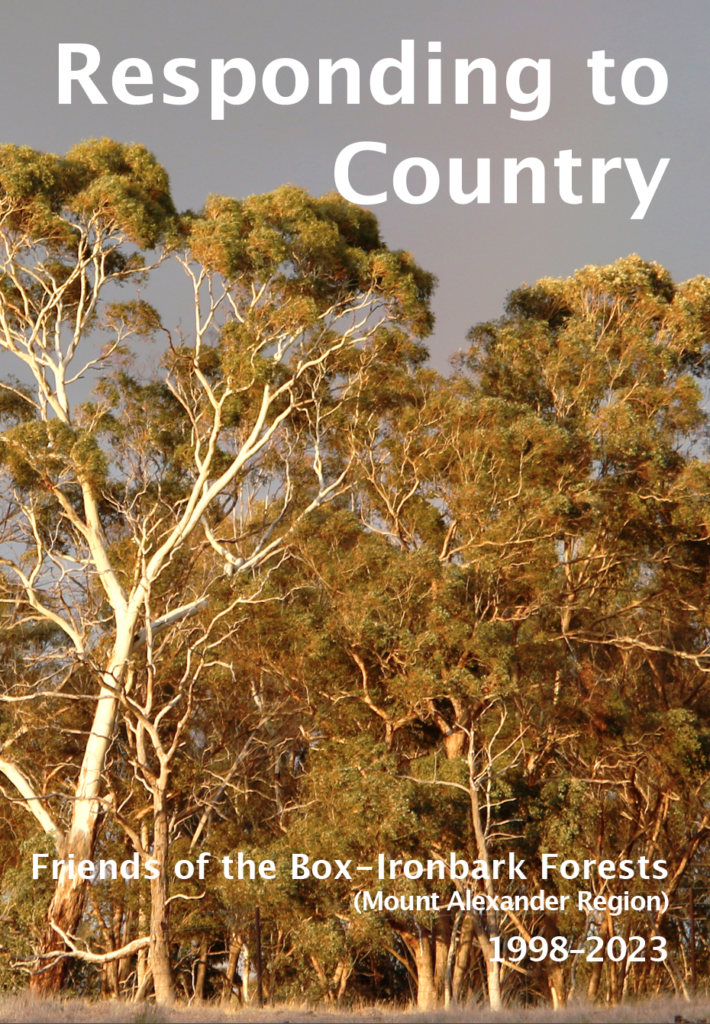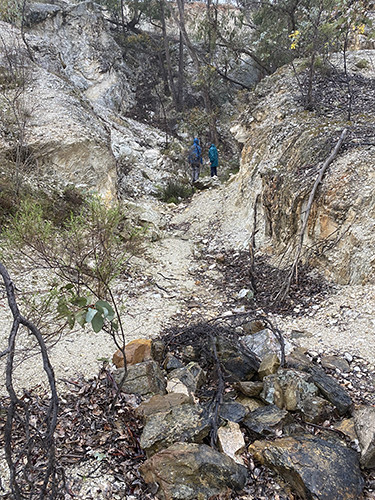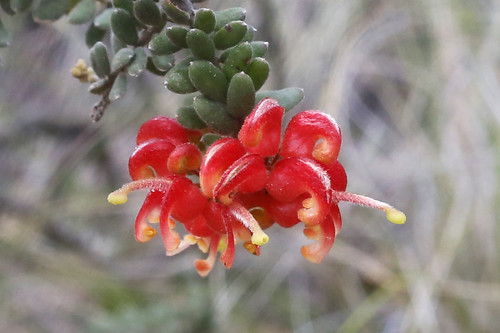Bendigo region conservationists, including FOBIF, met with DSE officials last Wednesday April 18th, to discuss current and future fire operations.
The meeting did not discuss State Government fire policy. It was solely concerned with the implementation of this policy, in the light of conservationists’ dissatisfaction with the way burns are being conducted.
The objectives listed below were put to DSE officers at the meeting. They would require managers to be very precise in their burn plans about how they will manage key risks and how they will take into account community submissions. They would also require the publication of clear assessments of each burn in the light of the plans:
Objective 1 – DSE to provide detailed mapping of each burn parcel, as listed in Appendix B of the Code of Practice, to identify a broad range of regionally specific ecological values.
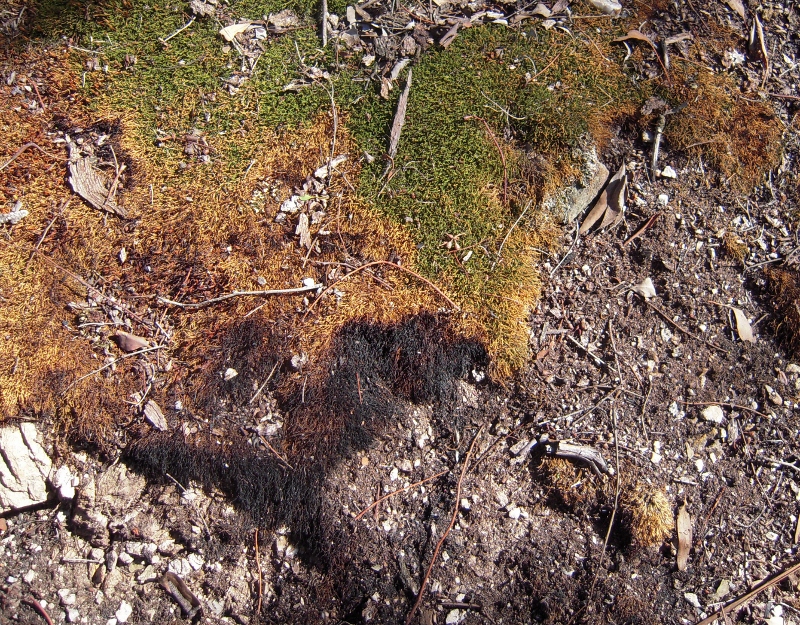
Burned moss patch, Muckleford State Forest, March 2012. Moss is not flammable, and is sensitive to fire. It performs a valuable role in forming crusts which protect land from erosion and soil loss. Prescribed burns which destroy such patches do not reduce fuel, but they do damage the bush. Conservation groups in Bendigo want DSE to specify what its objectives are in burns--and to be open about what they really achieve.
Objective 2 – DSE to provide detailed fuel load mapping for each burn parcel and across each Fire Management Zone.
Objective 3 – To ensure the expectation for adaptive management in the Code of Practice is met, DSE to provide detailed responses to community Fire Operations Plan input, accurately describing how this has been incorporated within the approved burn plan.

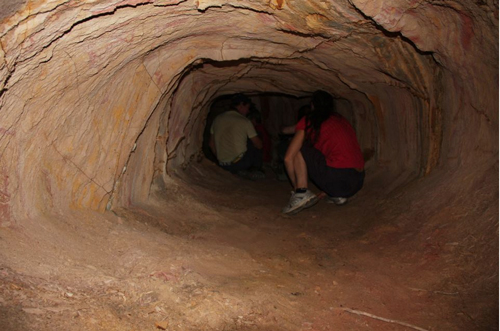
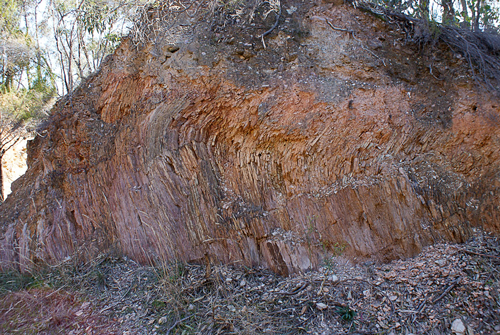
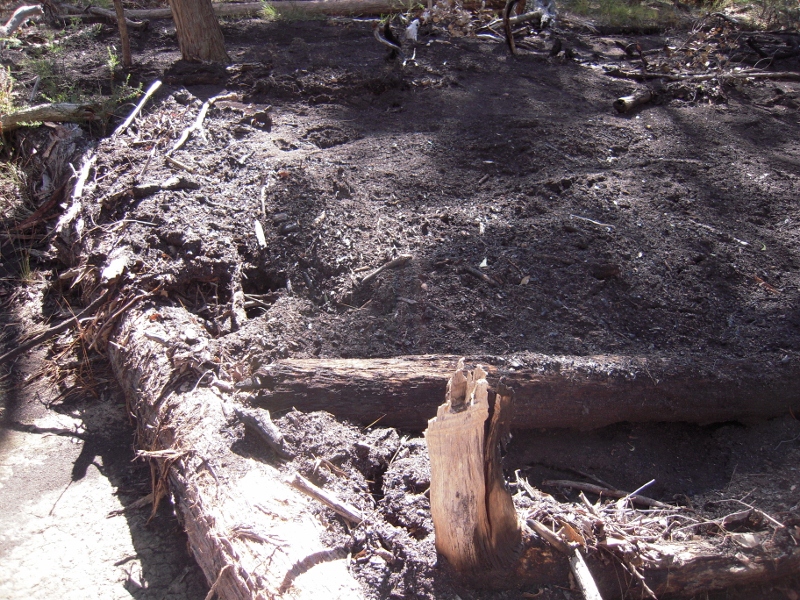
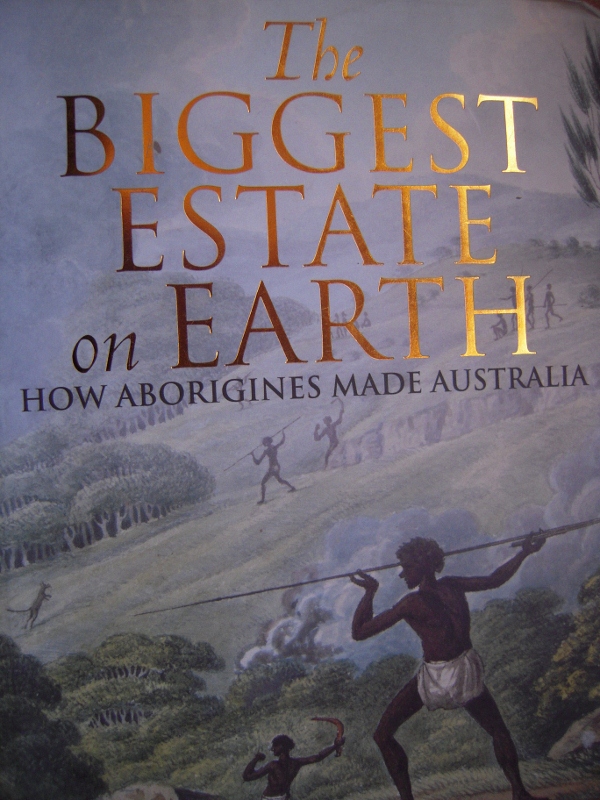
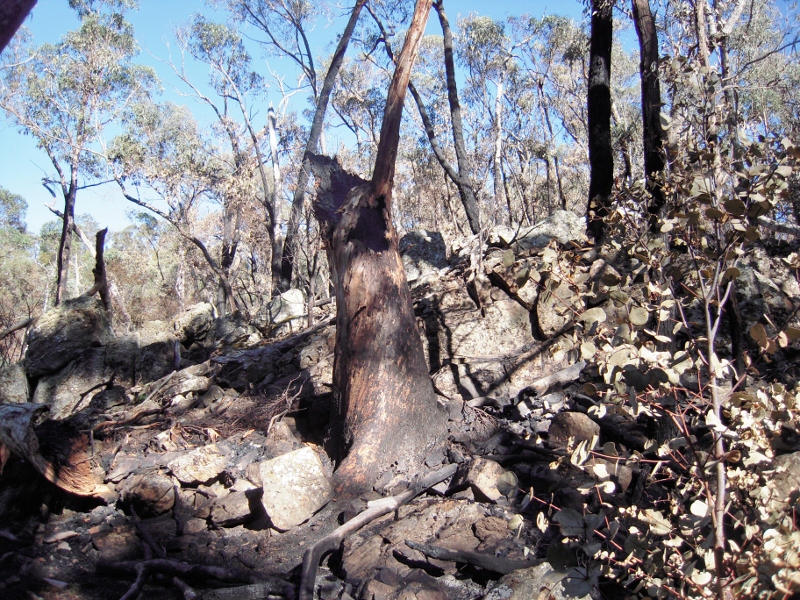
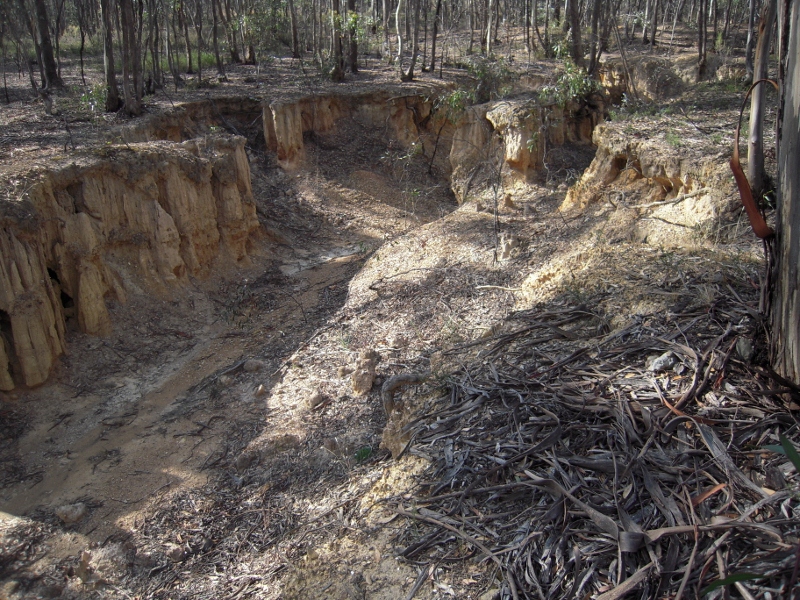
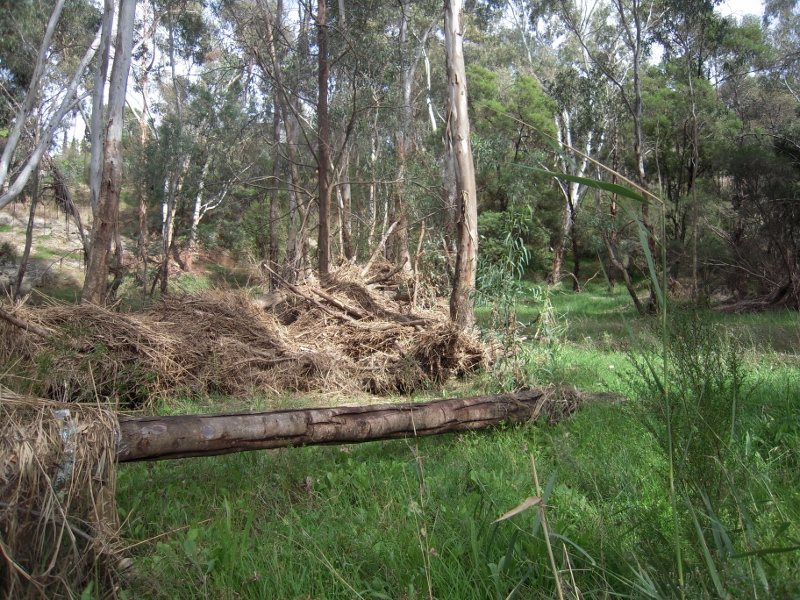

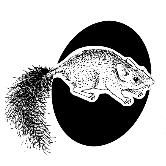
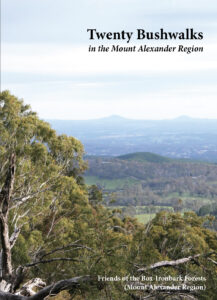
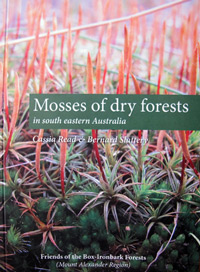 Click on image for info/order page
Click on image for info/order page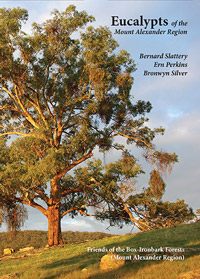 Click on image for info/order page
Click on image for info/order page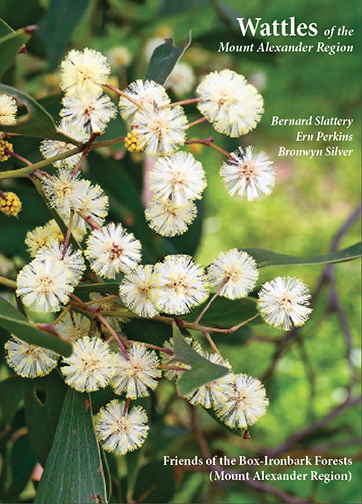 Click on image for info/order page
Click on image for info/order page
